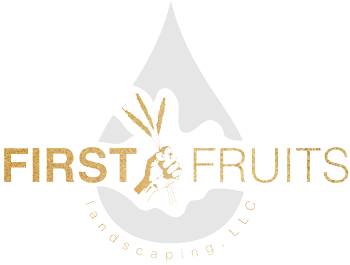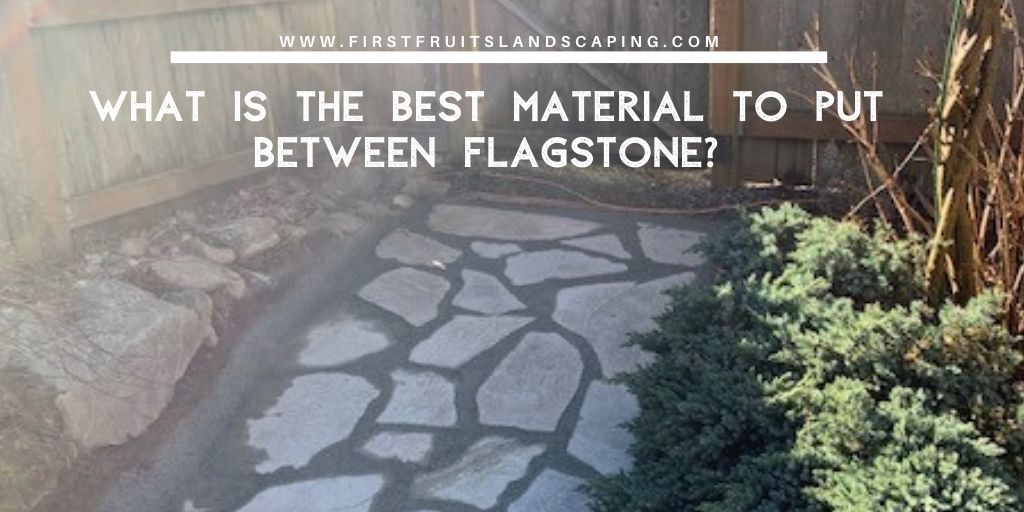We recently redid the gravel between a flagstone patio at a home this week and it prompted the question as to the best material to put between flagstone. Whether you are just starting out with a brand new patio or redoing an old, tired one, filling in the gaps between the flagstones is a necessary task to ensure the flagstone stays put and doesn’t promote weed growth.
Get a Quote
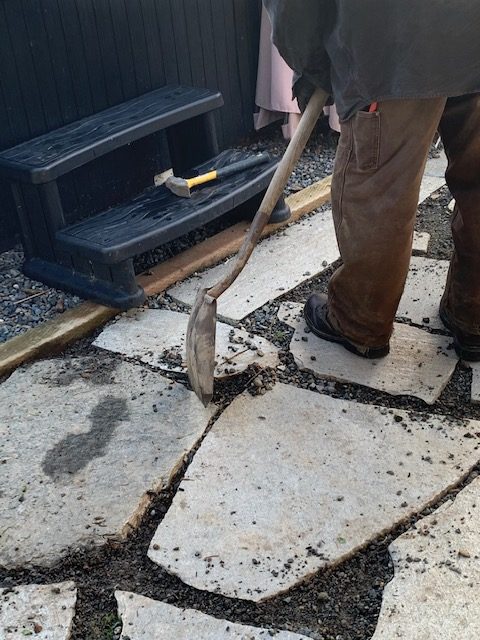
Yesterday we worked with a client that had a 5/8 inch gravel between all of the flagstones that were originally installed about two years ago. The problem is that there was enough space between the gravel to allow dirt, seeds, and weeds to grow. Also, with enough space between these rocks, the flagstones shifted, allowed for rocks getting underneath the flagstone and lifting up in certain places, and cause the entire patio to be uneven.
We pulled out as much of the gravel as possible and instead added a 1/4 inch minimum crushed gravel. This added a cleaner look to the patio and once it is pounded in properly and the rain hits it, it creates a type of cement. Although it’s not permanent and can be pulled up, it will fill in the gaps, expand, and not sneak under the flagstone. This also prevents a lot of weeds, seed, and dirt from creating spots for weeds to grow.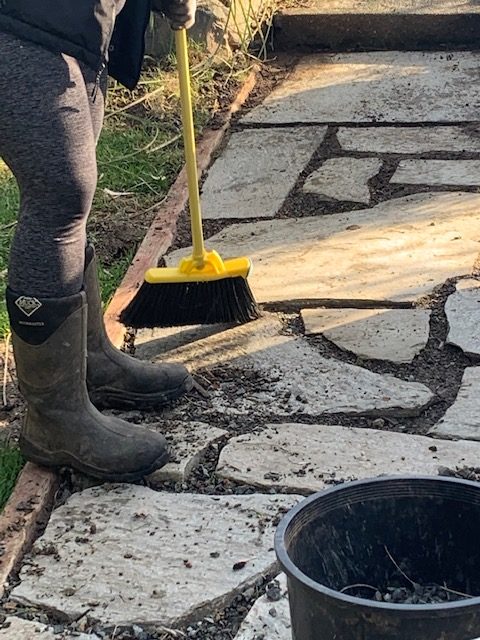
This type of crushed gravel will last much longer than a more coarser shape. It also adds a more seamless look to the patio. This could almost look like a stamped patio or permanently cemented in Flagstone, even though it’s not permanent. Given a little bit of time with settling, the weather, and rain, and this will create a more permanent look solidifying the stones in place and making it much easier to sweep off, brush, and prevent weeds from growing.
Polymeric
Polymeric sand or poly-sand is a unique mixture of fine sand combined with other additives, typically polymers, when bound with water will form a surprisingly strong glue. This will lock the sand particles together helping secure pavers in a uniform and durable surface. When installed properly, the hardened sand will lock pavers in place and create a more effective weed and insect deterrent but will still allow water to drain freely. The last thing you want is a lake on top of your patio.
Get a Quote
However, just because polymeric sand is common, doesn’t mean it’s always the best material for the job. It can be easy to install and it stays in place but over time, it can crack or stay solid on top and leave avoid underneath.
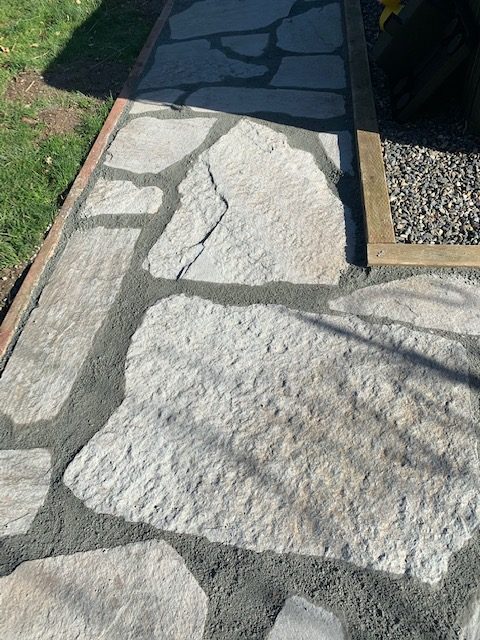 Sand
Sand
Sand is often a traditional material used between the cracks of pavers depending on if it’s irregular pavers or square ones and how close the gaps can be. The small granules will fill in the gaps between stones without leaving spaces. Once completed, you can brush the sand into the sandstone gaps with a push broom. The smaller sand works better for flagstones that are closer together. The patio we worked with yesterday had gaps anywhere from 1 inch to 6 inches between the stone, so a 1/4 inch gravel really was the best option.
This is why I always recommend going with crushed gravel again, it depends on the type of patio and the gaps we have to work with. Every patio, paver, and the foundation is different so I like to assess the situation before locking down the type of material were going to use.
Give me a call and let’s discuss your options, whether you’re creating a patio or rebuilding one, and what works the best for your lifestyle and your budget.
Get a Quote

